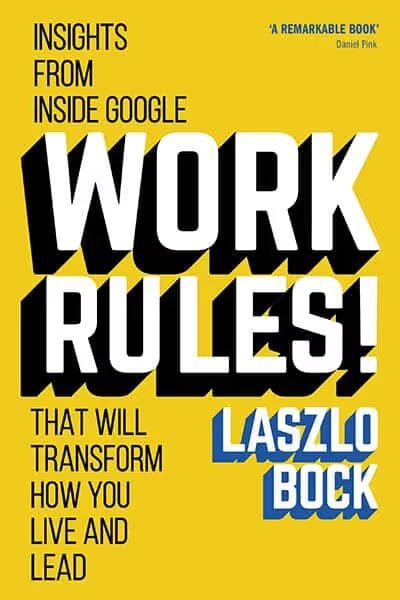Nine Pints
An eye-opening exploration of blood, the lifegiving substance with the power of taboo, the value of diamonds, and the promise of breakthrough science
Blood carries life, yet the sight of it makes people faint. It is a waste product and a commodity pricier than oil. It can save lives and transmit deadly infections. Each one of us has roughly nine pints of it, yet many don’t even know their own blood type. And for all its ubiquity, the few tablespoons of blood discharged by 800 million women are still regarded as taboo; menstruation is perhaps the single most demonized biological event.
Rose George, author of The Big Necessity, is renowned for her intrepid work on topics that are invisible but vitally important. In Nine Pints, she takes us from ancient practices of bloodletting to modern “hemovigilance” teams that track blood-borne diseases. She introduces Janet Vaughan, who set up the world’s first system of mass blood donation during the Blitz, and Arunachalam Muruganantham, known as “Menstrual Man” for his work on sanitary pads for developing countries. She probes the lucrative business of plasma transfusions, in which the U.S. is known as the “OPEC of plasma.” And she looks to the future, as researchers seek to bring synthetic blood to a hospital near you.
Spanning science and politics, stories and global epidemics, Nine Pints reveals our life's blood in an entirely new light.
The fact that O-type people are more susceptible to cholera was first noticed in 1977. During Peru’s 1991 epidemic, people with O blood were eight times more likely to be hospitalized.20 People from the Ganges delta, where cholera has always been endemic, have the lowest rate of O type anywhere.






















































